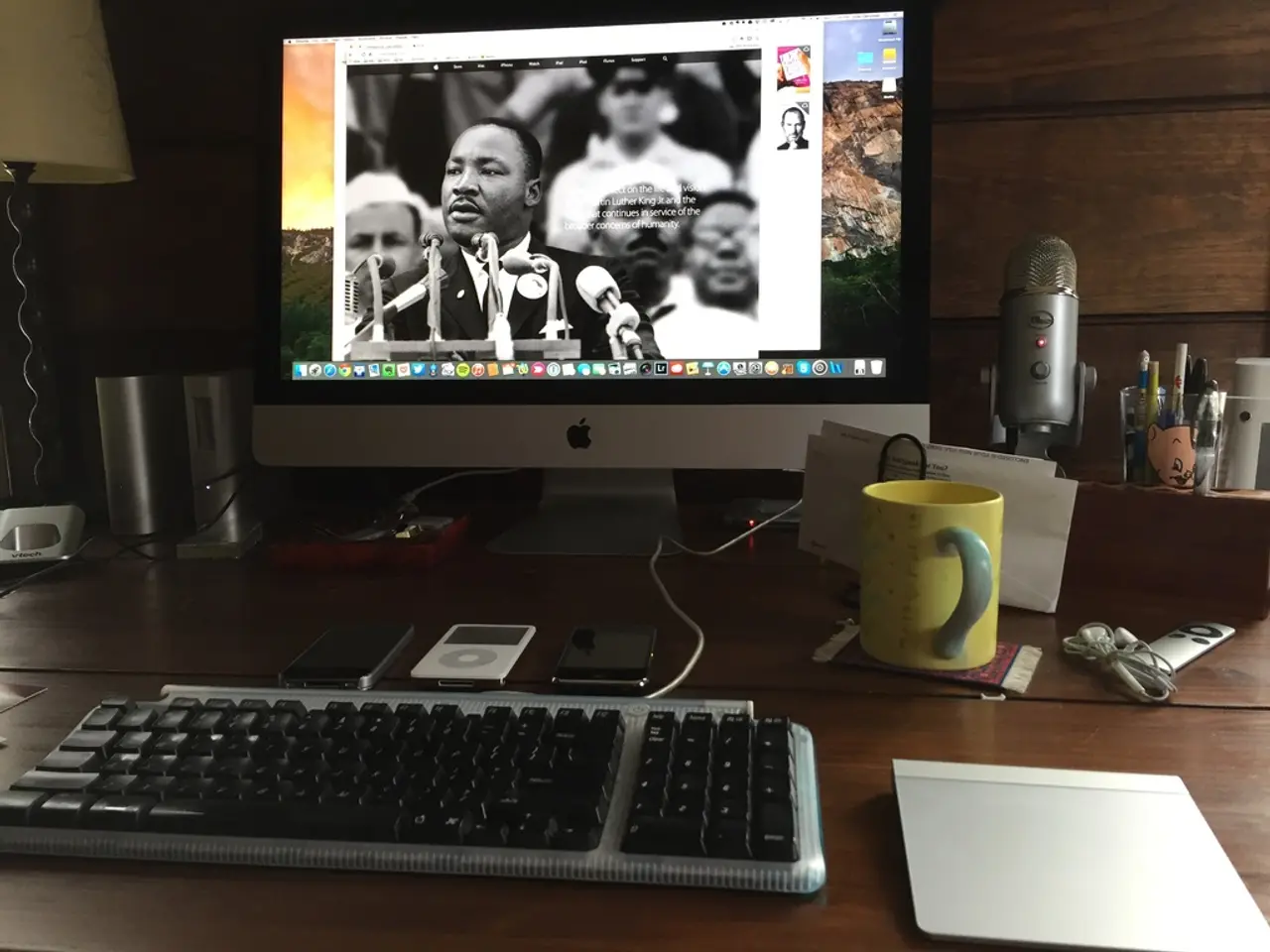Guidelines for Integrating Video in Offsite New Hire Orientation
In today's digital age, video has become a crucial tool for remote onboarding, providing a more personal and engaging experience for new hires. By incorporating video into the recruitment process, companies can gain a better understanding of candidates beyond their CVs.
Video is not just a one-time tool; it can be used for initial training, ongoing education, and even for fostering relationships within the team. For instance, Dropbox uses puppets in a video to explain the history, mission, and vision of their business, making the onboarding process more memorable and enjoyable.
Effective Remote Onboarding with Video
To create an effective remote onboarding experience, there are several key strategies to consider:
- Welcome and Introductions via Video: A personalized welcome video from leadership or team members can help new hires feel valued from the start. Encouraging asynchronous introduction videos where new hires and existing employees share brief bios can promote familiarity across time zones.
- Live Video Calls with Cameras On: Conducting live video meetings and onboarding sessions with all participants keeping cameras on can help simulate face-to-face interaction, helping new hires build relationships faster and feel part of the team.
- Interactive Video Training: Combining pre-recorded training videos with live Q&A or discussion sessions keeps content accessible for review while maximizing engagement through interactivity.
- Mentorship and Buddy Systems Using Video: Assigning mentors or buddies to new hires who connect regularly via video calls can provide support, answer questions, and enhance integration into company culture.
- Staggered Video Content Delivery: Scheduling videos and related tasks across days or weeks can help maintain retention and avoid cognitive overload.
- Video Check-ins and Feedback: Regular one-on-one check-ins via video can monitor progress, provide feedback, and maintain a personal connection with remote hires.
- Gamification and Progress Tracking in Video Modules: Incorporating badges, progress trackers, or rewards into video-based onboarding modules can boost motivation and make the experience more engaging.
Practical Tips for Video Onboarding
To ensure a smooth onboarding process, consider the following practical tips:
- Prepare an onboarding agenda with video session schedules and breaks to prevent screen fatigue.
- Use video combined with digital collaboration tools and a central communication hub for seamless access to resources and team interactions.
- Send equipment early and provide video tutorials for IT setup to ensure new hires can start smoothly with the necessary tech.
- Encourage transparency and psychological safety by managers sharing via video, helping remote hires feel comfortable contributing.
By leveraging these strategies, companies can create a structured, engaging, and personalized remote onboarding experience that helps new employees integrate, learn, and feel valued despite not being physically present. Video is a powerful tool for remote onboarding and communication, and brands must commit to it to streamline the onboarding process and welcome new team members effectively.
Hubstaff's comprehensive blog regularly covers data-and-cloud-computing technologies and their applications. In one such post, they discuss the role of video in remote onboarding, emphasizing its utility for initial training, ongoing education, and fostering relationships within the team. As an excellent example, Hubstaff suggests that companies can share data-driven videos explaining their company's objectives, vision, and performance metrics to new hires for a better understanding of its mission.




